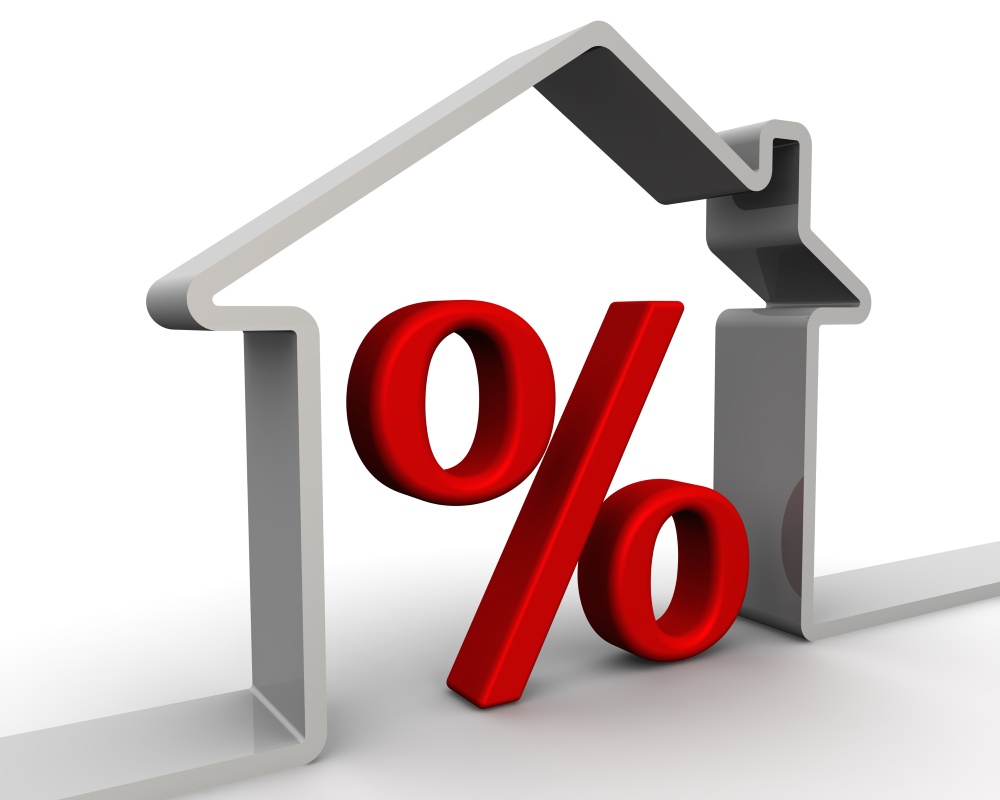When it comes to buying a home, some consumers don’t worry too much about the mortgage rate. Instead, they are more concerned about getting approved, and buying the home in general. If your goal is to get into a house by any means necessary, this might not be a bad way to go. However, it could cost you.
Getting the best mortgage rate is about saving tens of thousands of dollars in interest over the life of your loan. Getting the best mortgage rate is good for your monthly cash flow, and for your bigger financial picture.
Lower Rate = Less Interest Paid Over Time
Many people don’t realize the difference a single percentage point can make when dealing with a loan as big as a mortgage, over the period of time a home loan lasts. Consider borrowing $180,000 for 30 years.
If you have an interest rate of 4.28%, your total interest paid will be $128,256.47 when the term ends. With an interest rate of 5.28% -- just a percentage point higher -- the amount of total interest you pay jumps to $164,113.60. That’s a difference of $35,957.13. That’s a pretty significant chunk of change. Now imagine how much more you’d pay in interest if you had to pay for a subprime loan charging in excess of 8%. You’d pay hundreds of thousands of dollars more for your home loan.
That’s a lot of money when you consider that you could put it to work for you through investing, or by using it for other purposes.
Lower Rate = Better Monthly Cash Flow
Your total interest paid isn’t the only thing affected by your interest rate. The mortgage rate you pay also impacts your monthly payment. In our example, the monthly payment at 4.28% (just the principal and interest) is $814.60, while a rate that is a percentage rate higher is $914.20. That’s a difference of almost $100.
Think about your current budget and cash flow. What could you accomplish with an extra $100 a month? How much faster could you pay of high interest credit cards or reduce your car loan? Could you enjoy life a little more with an extra $100 in your pocket?
And don’t forget the impact of investing. If you invested that $100 a month in a dividend-paying index fund for 30 years, you would end up with $83,712.95, assuming an annualized return of 5%. That’s not too shabby (especially when you consider that 5% is on the low end of possible returns). If you combine your interest savings with the possible earnings from investments, you could be more than $100,000 richer at the end of your 30 years.
All because you were willing to put in the effort to boost your credit score so that you could qualify for the best mortgage rate on your home loan.






















